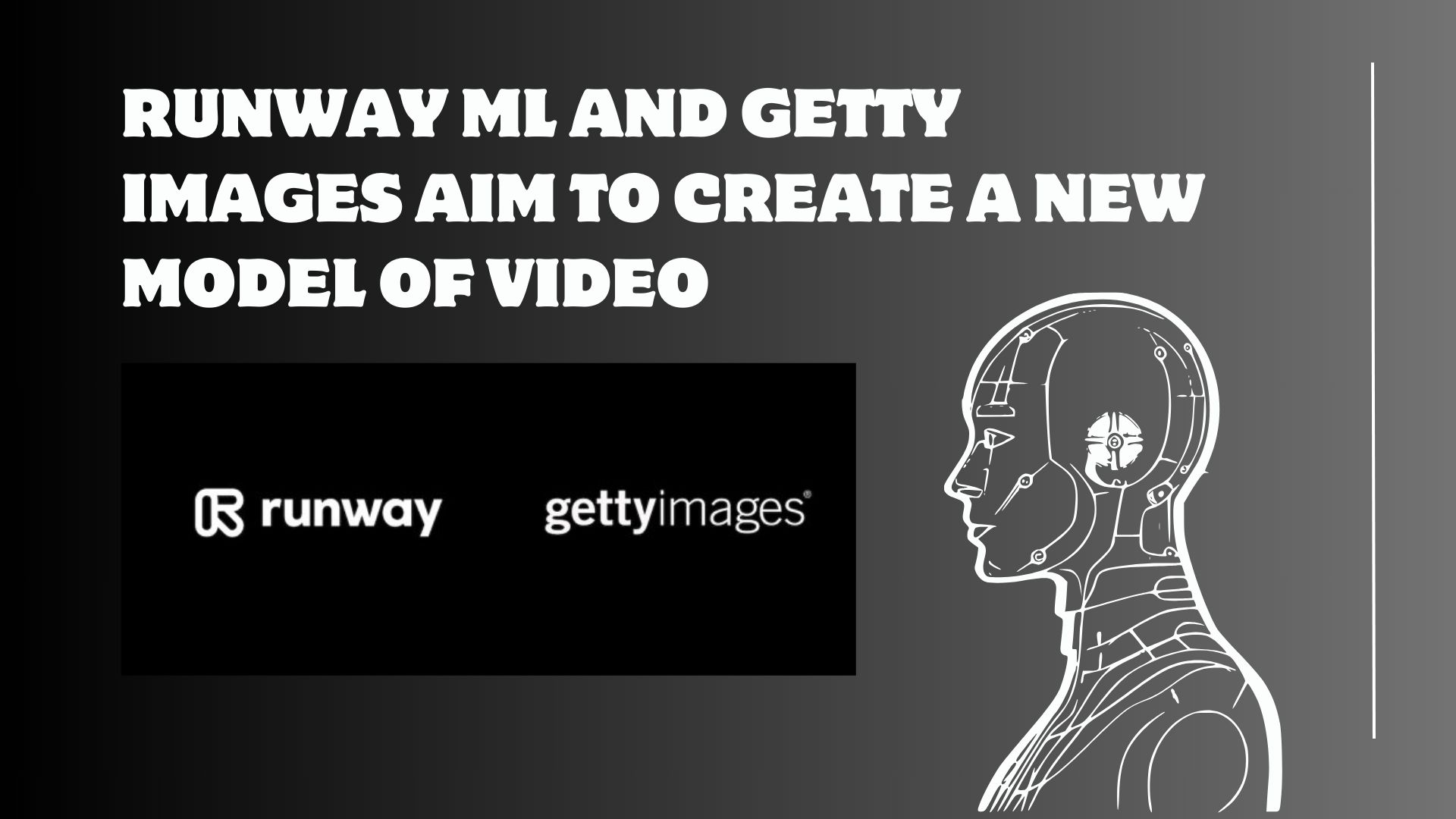Runway ML And Getty Images Aim To Create A New Video Model

In the ever-evolving world of technology and creativity, a groundbreaking collaboration has emerged between Runway ML, a leading AI video creation platform, and Getty Images, the world’s premier visual content provider. This partnership is set to revolutionize the realms of entertainment and advertising by developing innovative AI video models.
Table of Contents
What Is Runway ML?
Runway ML represents a significant leap in the field of AI-driven video creation. It’s not just a platform; it’s a beacon of innovation in the digital landscape. As a leading AI video creation platform, Runway ML has established itself as a pivotal player in the realm of technology and creativity. The platform’s core strength lies in its ability to empower creators, offering them an advanced toolkit to produce high-quality, captivating video content. This technology is reshaping the way we think about video production, making it more accessible and versatile. By harnessing the power of AI, Runway ML enables users to push the boundaries of traditional video creation, opening up new possibilities in storytelling and visual expression.
What Is Runway ML Gen 2?
Runway ML Gen 2, also known as Gen-2 (Mobile), is the latest evolution of the Runway ML platform, designed to bring the power of AI video creation to a wider audience. This new generation model is a testament to Runway ML’s commitment to making AI technology more user-friendly and accessible. Gen 2 stands out for its ease of use, allowing users to generate videos from text or images with remarkable simplicity. The model encourages creativity, inviting users to describe the scene they envision or use a reference image to guide the video generation process. This approach to video creation democratizes the process, making it possible for anyone with a creative vision to bring their ideas to life. Gen 2’s intuitive interface and user-centric design mark a significant step forward in making AI video creation a mainstream tool for artists, content creators, and businesses alike.
What Are Getty Images?
Getty Images stands as a colossus in the world of visual content, renowned globally for its extensive and diverse collection. As a premier provider of images and videos, Getty Images has carved a niche for itself in various sectors, including media, advertising, and entertainment. Their repository is not just a collection of visuals but a treasure trove of moments captured, stories told, and emotions evoked. Getty Images has been instrumental in shaping the visual narrative of our times, offering content that ranges from the everyday to the extraordinary. Their commitment to quality and breadth of content makes them an invaluable resource for creatives and professionals alike. The collaboration with Runway ML signifies a new chapter in their journey, one where the traditional boundaries of visual content creation are being redefined through the lens of AI technology.
What Kind Of Product Do Runway ML And Getty Images Aim To Develop?
The collaboration aims to create the Runway <> Getty Images Model (RGM), a baseline AI model for video generation. This model will be a game-changer for Hollywood studios, advertising agencies, and media companies, offering them the ability to produce unique and engaging content at an unprecedented scale.
Facts About Runway ML’s Getty Images AI model
The RGM is a fusion of Runway AI’s technology and Getty Images’ vast dataset of licensed content. It offers enterprise customers the flexibility to build custom models for video generation, adhering to copyright guidelines while maintaining high visual standards. This model is not just about creating stunning visuals; it’s about empowering companies to tell their stories in a more impactful way.
What Are The Main Problems Of The Collaboration Runway ML And Getty Images?
While the partnership between Runway ML and Getty Images heralds a new era in AI-assisted video production, it is not without its challenges. One of the primary concerns is the potential limitation in audience reach. The collaboration primarily targets enterprise businesses, which implies that the advanced capabilities of the Runway <> Getty Images Model (RGM) might be beyond the reach of standard users due to cost constraints. This exclusivity could lead to a narrower user base, potentially impacting the widespread adoption and popularity of the model.
Another significant challenge lies in the integration of AI with art. The use of AI in the creative process of video production has sparked a debate among artists, creators, and audiences. Many purists in the entertainment industry advocate for the organic, human element in art and entertainment, fearing that the increasing reliance on AI might dilute the authenticity and emotional depth of creative works. This sentiment is particularly strong in sectors like Hollywood, where the human touch is often celebrated. The collaboration, therefore, navigates a complex landscape where it must balance technological innovation with the preservation of artistic integrity. Addressing these concerns and finding a middle ground where AI can complement rather than replace human creativity will be crucial for the success and acceptance of this groundbreaking partnership.
Conclusion
The Runway ML and Getty Images partnership is a bold step into the future of video production, blending AI’s efficiency with human creativity. While it promises to lower production costs and offer new creative possibilities, it also opens up a dialogue about the role of AI in art and entertainment. As we embrace this new era, it’s crucial to find harmony between innovation and tradition, ensuring that art remains a vital expression of human experience.

